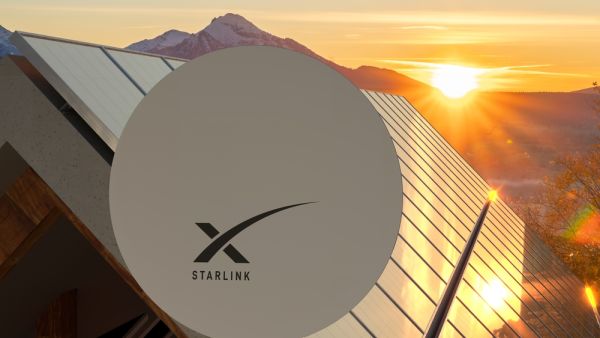SpaceX owned satellite internet broadband service Starlink has announced its presence in all seven continents, including Antarctica. In a significant move of installing terminals at the most extreme locations in the world, the company tested one of its Starlink internet terminals at McMurdo Station at Antarctica.
Elon Musk, founder of SpaceX, shared the news on Twitter. Earlier, in a tweet, he has said that Starlink will only be utilised for peaceful use.
The McMurdo Station at Antarctica is inhabited by almost 1,000 people. Although they already have satellite internet at 17 Mbps speed, it is not reliable in rough conditions. In a tweet, National Science Foundation (NSF), a US federal agency which supports the US Antarctic programme, showed the excitement and added the increased bandwidth will help scientists working on the remote continent near the South Pole.
Starlink is a constellation of thousands of satellites that orbit the Earth at 550 kms from the surface. It has an edge over other geostationary satellites that orbit at a much higher height of about 35,786 km from the earth surface. Because of its relative proximity to Earth's surface, Starlink offers considerably fast signals.
As the round trip data time between the user and satellite decreases, it supports low latency online services more efficiently. The Starlink claims to have latency as low as around 20 ms vs 600+ ms.
The company says Starlink is the first krypton-propelled spacecraft ever flown. The satellites can navigate in space, and deorbit at the end of their effective life.
Starlink's satellites are easier to launch with SpaceX's Falcon 9 rocket due to its low volume, compact, flat-panel design.
The satellites are empowered with an autonomous collision avoidance system that moves the satellite with human involvement, mitigating collisions with other spacecraft or the space debris.
For precise placement of broadband throughout, Starlink has navigation sensors which scan the stars to find out each satellite's location, altitude, and orientation.
Starlink is developing capability to cover the whole Earth even without the requirement for local ground stations with the testing of its optical space lasers (Optical Intersatellite Links or ISLs) present on its satellites. It enables the spacecraft to transmit data without local ground stations, providing truly global coverage.










